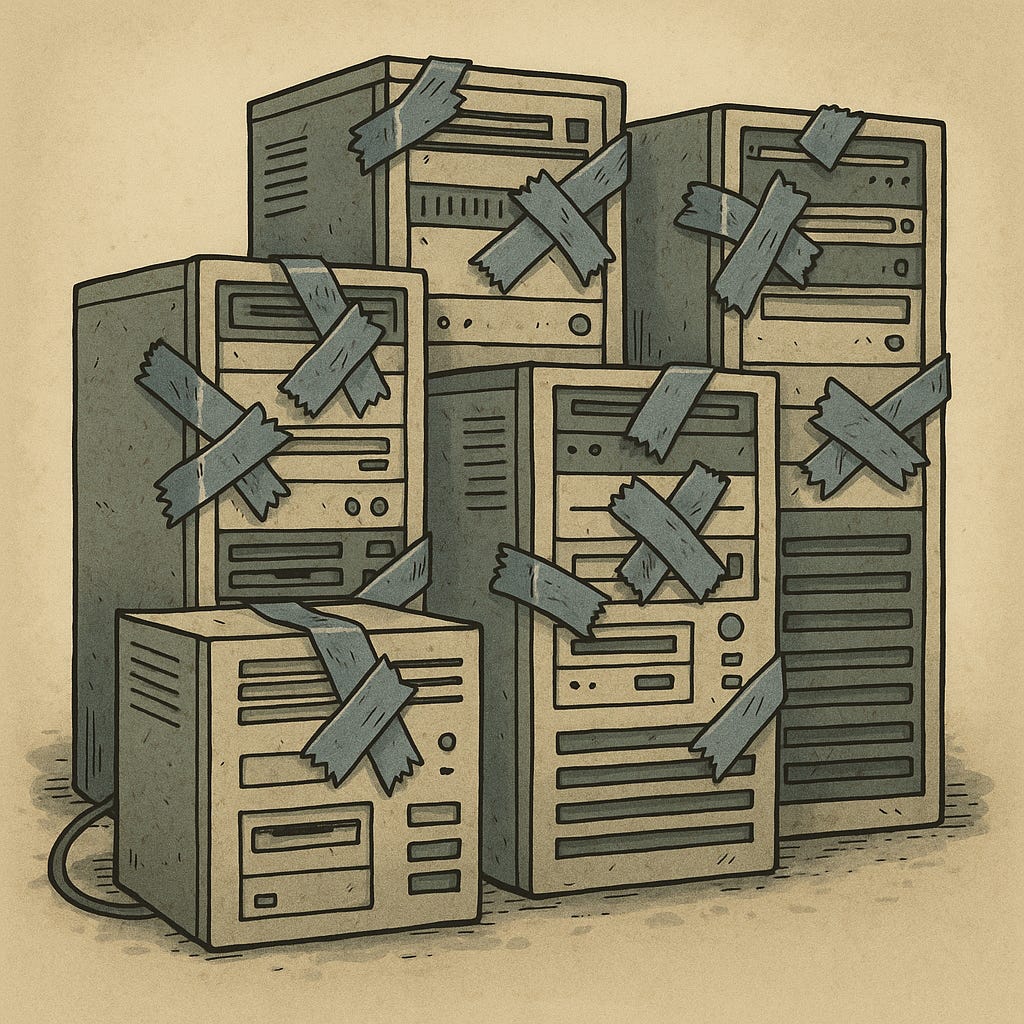Every so often TIGTA (Treasury Inspector General for Tax Administration) releases a report that makes you shake your head. The September 2025 report is one of those moments. Despite nearly $190 million spent on modernization since 2020, the IRS has not decommissioned a single legacy case management system.
Yes, you read that right: zero.
Why This Matters
The IRS currently operates more than 60 different case management systems, each varying in complexity, size, and age. Many were built decades ago, some using obsolete programming languages, and many no longer have vendor support.
Imagine running a business where every department uses its own system that doesn’t talk to the others. That’s the IRS reality, and taxpayers feel the impact in processing delays, inconsistent communication, and case resolution bottlenecks.
The Enterprise Case Management (ECM) program, launched in 2015, was supposed to fix this. Its mission: consolidate systems, streamline workflows, and give employees a unified view of taxpayer accounts.
The promise was compelling: lower long-term costs, faster service, and stronger security.
Progress So Far and What’s Missing
Since 2020, the IRS has rolled out seven ECM software releases at a cost of $190.3 million (slightly under budget). These updates added new features and even migrated some processes, such as parts of the Exempt Organizations Correspondence Unit.
But here’s the catch: not one legacy system has been fully retired. Meanwhile, the IRS continues to spend over $39 million annually to maintain these old systems.
The TIGTA report pinpoints several reasons:
Leadership churn. Between 2016 and 2024, ECM saw four changes in IT leadership and at least 20 shifts in project scope. Each reset has pushed decommissioning further down the road.
Policy shifts. In 2022, the IRS issued a Decommissioning Policy. But by 2024, modernization policies were rewritten to emphasize “process improvement” — quietly dropping the requirement to retire systems.
Moving goalposts. In April 2025, the IRS redefined “legacy system.” Instead of using age and technology (e.g., 25 years old, obsolete language), the new definition looks at business outcomes and mission alignment. This shift will likely reduce the number of systems officially considered legacy.
The result? Systems that most practitioners would call “outdated” may no longer make the cut.
The Cost of Delay
Why should tax professionals care? Because every extra year the IRS spends juggling 60+ siloed systems means:
Security risks remain. Old systems are more vulnerable to cyberattacks and harder to patch.
Costs balloon. That $39 million in annual maintenance is money not going toward better taxpayer service.
Efficiency stalls. Without consolidation, employees can’t quickly access a taxpayer’s full history, slowing down exams, collections, and case resolution.
For practitioners, this translates directly into longer hold times, delayed responses, and more taxpayer frustration directed at us.
TIGTA’s Recommendations
TIGTA gave the IRS two clear action items:
Prioritize decommissioning. Once ECM absorbs functionality, legacy systems must be retired.
Apply the new definition consistently. All systems moving forward should be evaluated against the April 2025 “business outcome” criteria.
The IRS agreed, at least formally. The Chief Information Officer committed to continuing migration and compiling a formal listing of systems under the new definition. The target date for meaningful progress? February 2026.
A Familiar Story
If this feels like déjà vu, it’s because it is. TIGTA has been urging IRS modernization for years. Back in 2020, a TIGTA report flagged that the IRS lacked a clear decommissioning strategy. Five years later, not much has changed, except the cost.
Congress has tried to help. The Inflation Reduction Act initially gave the IRS $79.4 billion, with $4.8 billion earmarked for modernization. Subsequent legislation clawed much of that back, leaving $37.6 billion. Modernization remains one of the biggest line items in the IRS’s long-term plan.
But modernization isn’t just about money. It’s about follow-through, leadership stability, and accountability.
My Take
The IRS has been trying to modernize its systems for decades. Each new plan comes with strong promises, yet the fundamental task of retiring outdated systems never seems to get done.
Until legacy systems are truly decommissioned, modernization will remain a slogan rather than a reality. And taxpayers, practitioners, and the IRS workforce will continue paying the price in frustration, inefficiency, and wasted funds.
As TIGTA made clear, retiring old systems isn’t optional, it’s the cornerstone of efficiency and security. Until then, we’re simply throwing good money after bad.
Congress must also recognize that a properly funded IRS is essential. Political point-scoring may win headlines, but it leaves taxpayers with an agency that can’t function. And with frequent turnover in leadership, including multiple acting commissioners in just the past year. Stability remains another hurdle the IRS must overcome.
What is the biggest issue you face when dealing with the IRS?



